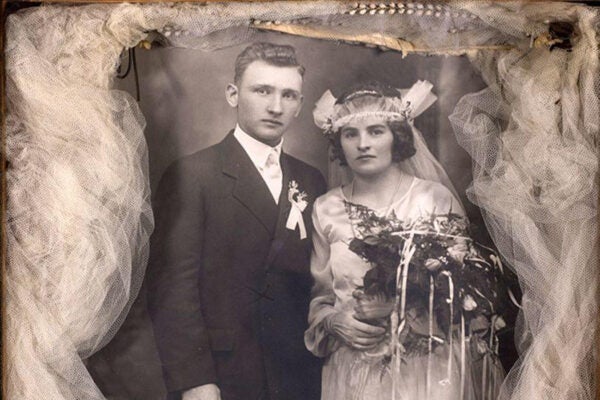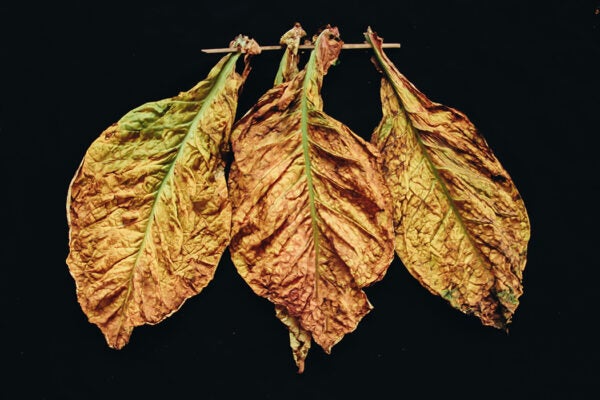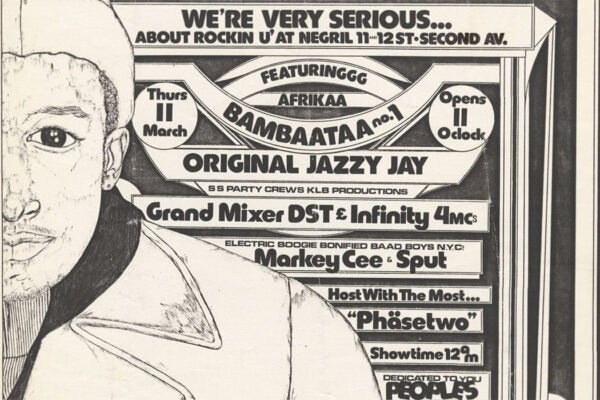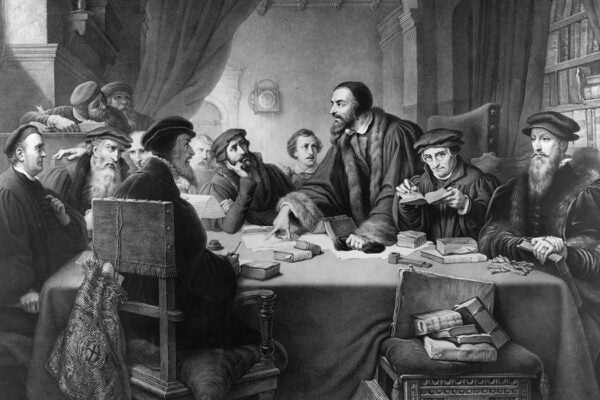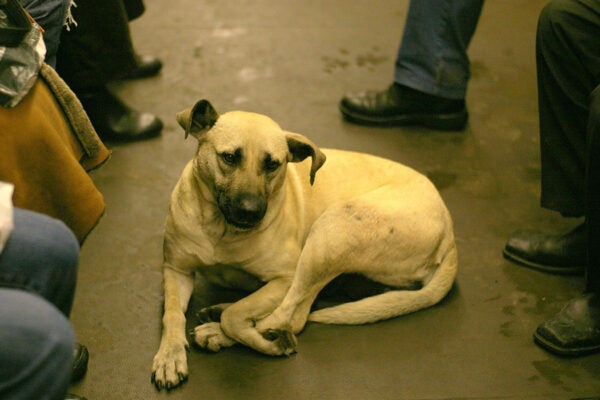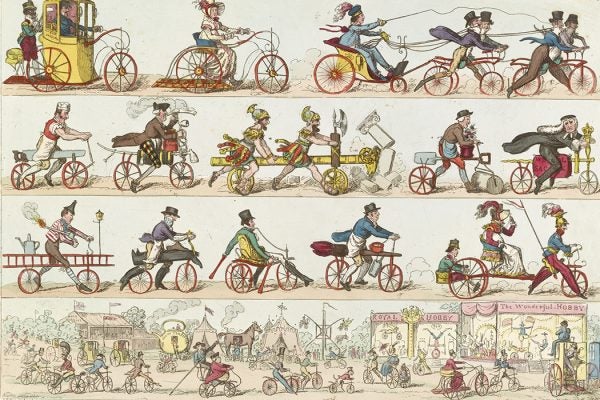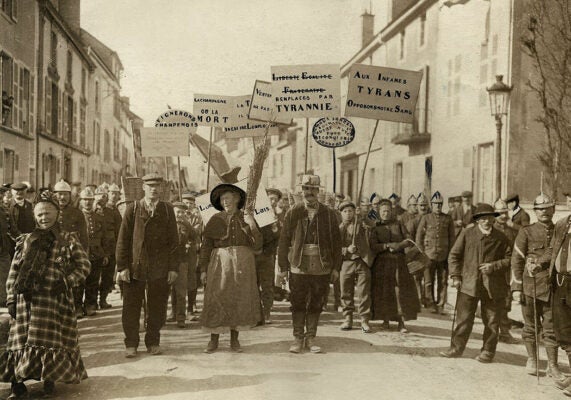Coco De Mer: The Magical Derrière of the Sea
Once viewed as a precious item of mysterious origin, the seed of the coco do mer palm, though better understood today, remains a rare and valuable commodity.
First Comes Love
A top divorce lawyer collected strangers’ marriage certificates and other wedding-related ephemera—a testament to her perhaps surprising faith in matrimony.
The Ever-Lengthening History of Tobacco
People have been smoking in the Pacific Northwest for more than 4,500 years.
French Canadians in the New England Woods
Immigrants from Quebec held a distinct position in an American labor landscape in which experts viewed different “races” as being suited to different kinds of work.
Mashup at the Intersection of Deco and Hip-Hop
Archived at Cornell University, a collection of flyers promoting dance-inspiring DJ sets in the Bronx established the visual identity of a new cultural era.
Pyramids of the Present
We associate pyramids with ancient civilizations, but contemporary humans appear to have an affinity for the peaked structures as well.
When Singing Was a Crime
Calvinist reformers in sixteenth-century Geneva frequently punished people for immoral behavior—like singing.
Dogs of the Moscow Metro
The public attitude toward the adventurous dogs who have mastered the Moscow metro system has roots in an egalitarian Soviet culture.
Terroir Terror: The 1911 Champagne Riots
An environmental crisis and a dispute over regional boundaries sent both rioters and rivers of champagne pouring into the streets of Aube.

